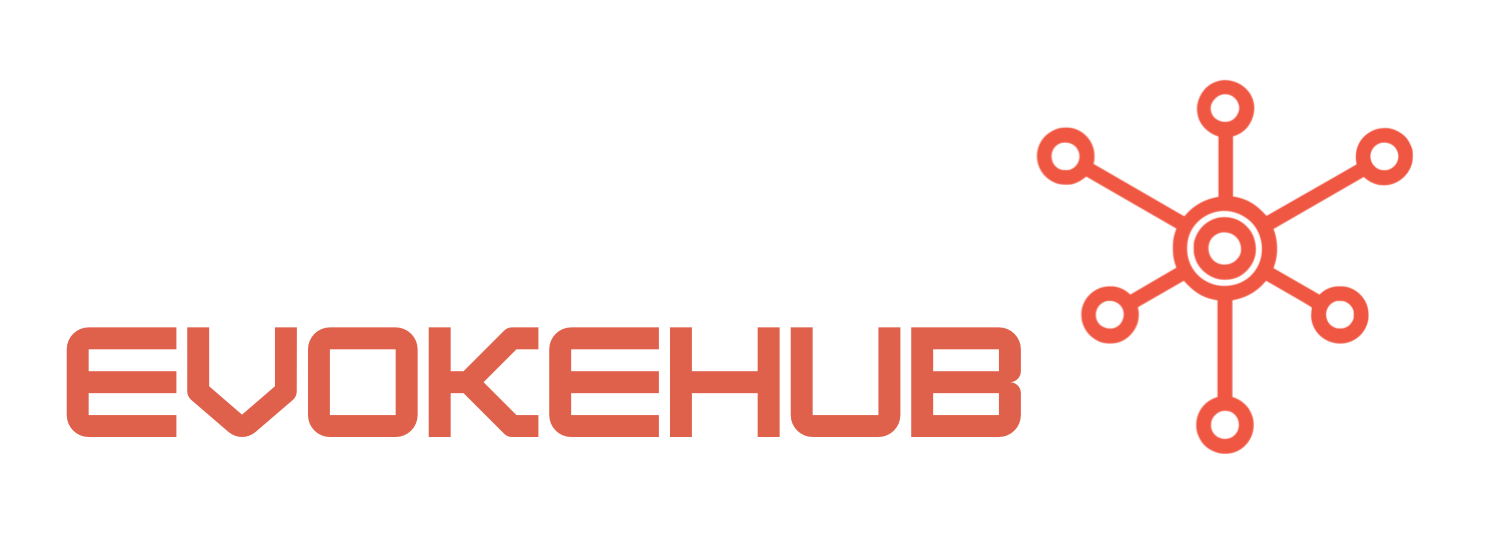Understanding Azure Firewall: Features and Advantages
Azure Firewall is a cloud-native security service provided by Microsoft Azure, designed to protect Azure Virtual Network resources. One of its standout features is its built-in high availability and scalability, which allows seamless handling of large amounts of traffic without requiring manual intervention. Unlike traditional firewalls that may require significant hardware investment and maintenance, Azure Firewall operates entirely in the cloud, enabling organizations to scale their security measures effortlessly in response to fluctuating network demands. More information can be found on Azure’s official documentation.
Another key advantage of Azure Firewall is its extensive rule sets and policies that can be configured with ease. The service supports both application and network rules, which can be tailored to fit the specific needs of businesses. This flexibility allows organizations to enforce security measures that align with their operational requirements while simultaneously utilizing Azure’s threat intelligence capabilities to identify and block known malicious IP addresses and domains. The integration of Azure Firewall with other Azure services, such as Azure Monitor, enhances visibility and management, providing a comprehensive security solution.
Moreover, Azure Firewall offers a centralized management interface, streamlining the process of monitoring and maintaining security protocols across various Azure resources. With features like logging, analytics, and alerting, organizations can gain insights into their network traffic patterns and potential threats, making it easier to respond proactively. As businesses increasingly adopt a cloud-first strategy, leveraging Azure Firewall can significantly enhance their security posture while reducing the complexity and costs associated with traditional firewalls.
Traditional Network Security Solutions: A Comparative Overview
Traditional network security solutions, including hardware firewalls, intrusion detection systems (IDS), and virtual private networks (VPNs), have been the cornerstone of enterprise security for decades. These solutions typically involve deploying physical devices on-premises, which can require significant upfront investment and ongoing maintenance costs. Organizations need to regularly update their hardware and software to keep up with evolving threats, which can strain IT resources. Additionally, scaling traditional security solutions often necessitates more hardware purchases, complicating the management and integration of security measures across the network.
From a performance perspective, traditional security solutions can sometimes lag behind cloud-based options like Azure Firewall, especially in terms of scalability and flexibility. As the demands on networks increase, organizations may struggle to provision additional resources quickly enough to respond to traffic spikes or emerging threats. Furthermore, traditional firewalls may lack the advanced analytics and machine learning capabilities that cloud-native solutions provide, making them less effective at identifying sophisticated threats and attacks that evolve rapidly.
Finally, traditional network security solutions may not easily adapt to the modern hybrid or multi-cloud environments that many organizations are adopting today. The complexity of integrating different security solutions across various platforms can lead to security gaps and inconsistent policies. Companies may find themselves with a fragmented security posture, making it challenging to maintain comprehensive visibility and control over their networks. For organizations looking to streamline their security operations, a shift towards cloud-based security solutions like Azure Firewall may be beneficial.
In conclusion, the decision between Azure Firewall and traditional network security solutions hinges on an organization’s specific needs, network architecture, and growth trajectory. Azure Firewall offers scalable, flexible, and integrated security features that are particularly suited for cloud-based environments. In contrast, traditional solutions may still serve a role in certain contexts but come with challenges related to maintenance and scalability. As organizations continue to evolve and embrace digital transformation, understanding these differences will be crucial for establishing robust security frameworks that protect against an ever-growing array of cyber threats.




